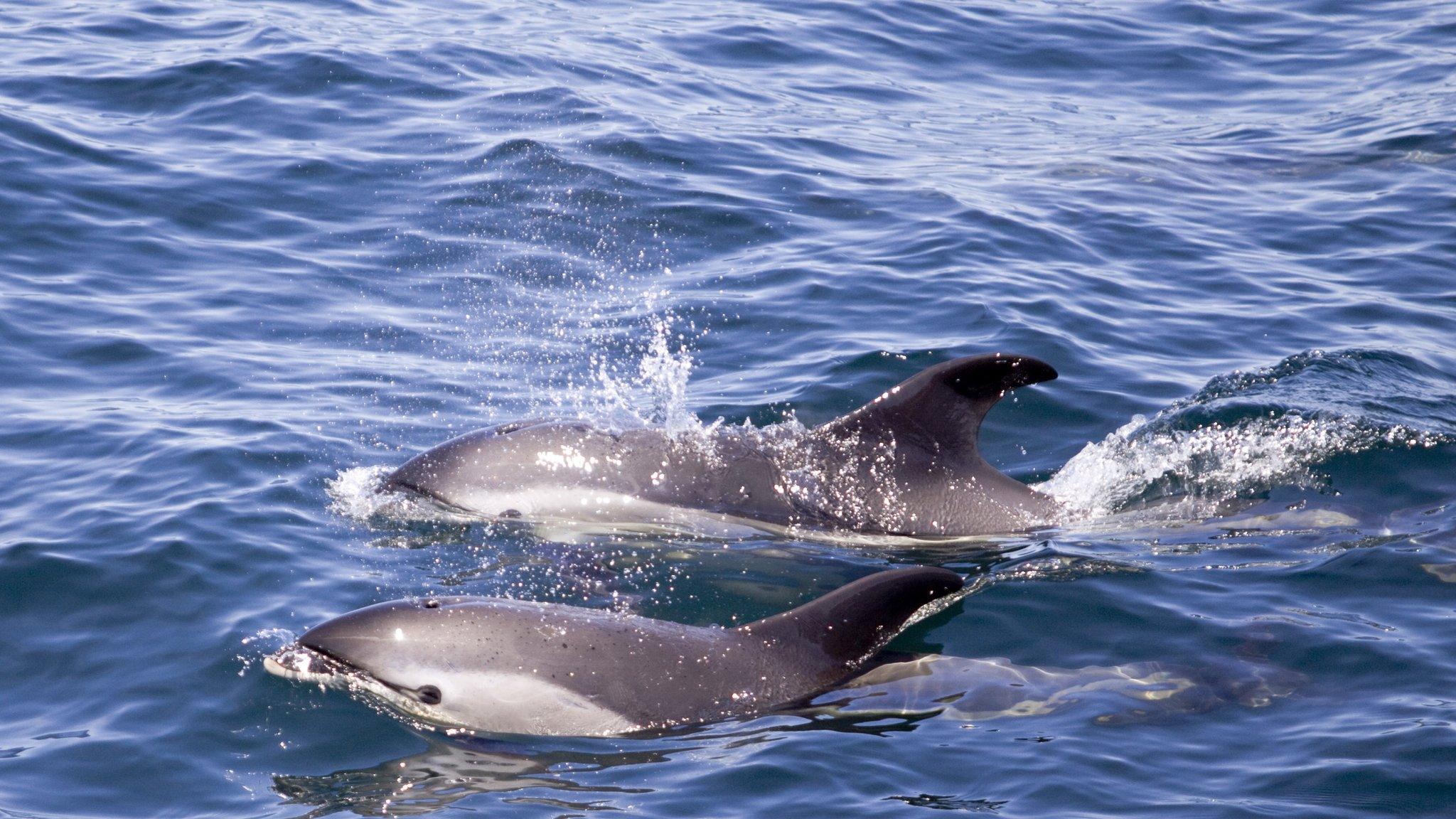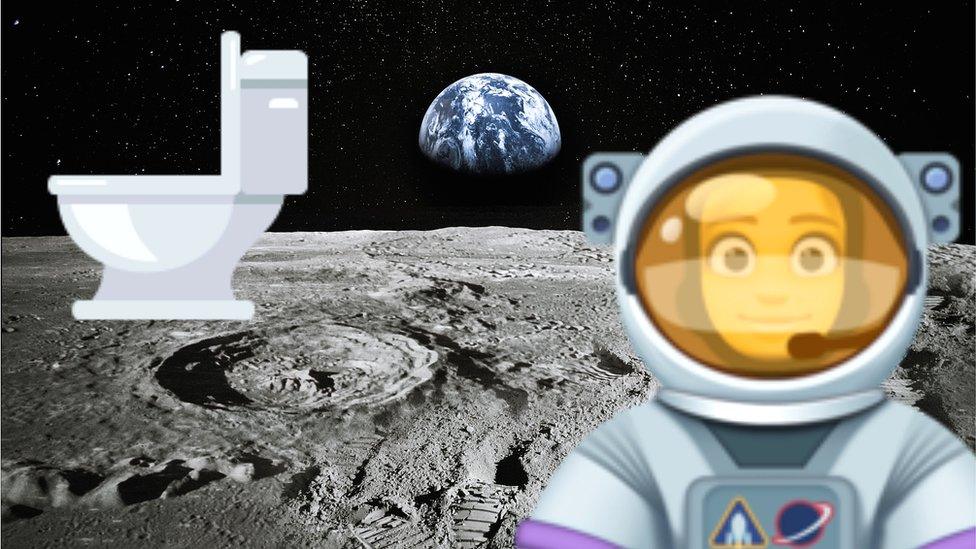What is pee-cycling? Why wee could be good news for crops.
- Published
- comments

Could our urine have multiple uses?
Lots of people are familiar with the term recycling.
It's all about taking materials that would typically be thrown away and turning them into new objects that can be used for a variety of purposes.
However, have you ever heard of the term pee-cycling? It refers to taking urine or wee collected from people, and using it as a fertiliser for crops!
Now, pee-cycling may sound like a strange idea, but it's actually something that's been practiced in places around the world for a very long time.
In fact, urine has even been recycled in space!
Ayshah reports on the scientists turning pee into power
So why are researchers talking about recycling wee at the moment? Well, the current war in Ukraine has led to a shortage of chemical fertilisers.
Both Russia and Ukraine are some of world's biggest producers in agriculture and food, and Russia is one of the key suppliers of nutrients like potash and phosphate.
These are some of the key ingredients used in fertilisers which help plants and crops to grow.
A fall in the amount of chemical fertilisers being produced is likely to have a big impact on the success of crops.

Some researches believe urine could be the ideal fertiliser for crops
That's where urine comes in! It's believed pee could help with this problem.
Not only does the yellow liquid contain nutrients including nitrogen, phosphorus, and potassium which are great for crops, but it's also free from a substance called ammonia which many chemical fertilisers contain.
Ammonia is a gas which naturally occurs in low levels. It's released from the breakdown of plant and animal waste.
However, high levels of ammonia can be damaging to the environment and it can also be bad news for human health.

Scientists want to remove nutrients from wee, and use them in fertiliser
Not only do researchers looking into recycling urine feel it could be a safer fertiliser for plants and crops, but there's also plenty of it too!
Each adult produces between 450 and 680 litres of urine a year according to the organisation the Rich Earth Institute in Vermont, US, which works to get people collecting and recycling their pee.
It says this amount of urine contains about nine pounds of nitrogen and 0.8 pounds of phosphorus, which is enough to grow wheat for making a loaf of bread every day of the year.
"Do you know what happens to your pee and poo when you flush your toilet?" asks Julia from The Rich Institute.

Scientists can recycle and reuse some human waste, just like we do with other waste materials
"Depending on where you live, it probably goes through lots of pipes to get to a wastewater treatment plant, or goes into a septic system behind your house, buried underground. Both of these systems are good at cleaning our waste, so that it won't make us sick," she told Newsround.
"But the nutrients in our wastewater are often not cleaned out. The nutrients in our pee and poo are often sent downstream to a lake or the ocean.
"When we save our pee instead of flushing it, we can create a cycle instead of pollution. Instead of fertilizing harmful algal blooms, our pee can fertilize plants in gardens and farms," she said.
"Some people call pee "liquid gold" because it makes plants grow. Just like kids need to eat food to grow big and tall, plants need nutrients to grow yummy fruits and vegetables.
"We can reclaim our pee, remove the pathogens, and use that to grow more plants. This is called completing the food nutrient cycle - or peecycling! We feed our plants, our plants feed us, and we feed our plants again."
What do you think about pee being used to grow crops? Do you think it's a good idea? Let us know in the comments!
- Published25 May 2022

- Published31 July 2018

- Published2 April 2020

